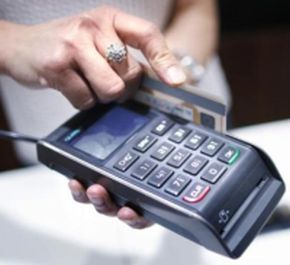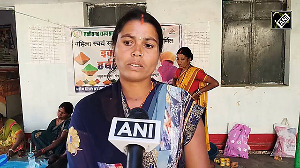 Service charge is currently levied by payment gateways and paid to the government
Service charge is currently levied by payment gateways and paid to the government
Service charge, user charge and convenience fee paid by gateways and vendors on online or card payments would be waived once steps approved by the Cabinet on Wednesday come into effect.
Also, above a threshold, one has to make payment online or through cards.
The move would discourage cash payment and help tax authorities get leads on evasion.
The Cabinet approved various steps in this regard to be taken in a year to two years to boost these payments.
Service charge is currently levied by payment gateways and paid to the government.
The vendor using a payment gateway also pays a convenience charge. On credit cards, it is 1-2.5 per cent. The move will help the government in carrying out its financial inclusion programmes digitally.
“It will help reduce transaction cost and encourage electronic mode of payment, facilitating the financial inclusion agenda of the government,” said Kalpesh Mehta, partner, Deloitte Haskins & Sells.
The official statement explained the promotion of payments through cards and digital means will be instrumental in reducing tax avoidance, migration of government payments and collections to a cashless mode.
To give a perspective, 569 million transactions were made till December of the current financial year, with payments worth Rs 67.75 lakh crore.
The largest e-commerce site, Indian Railway Catering and Tourism Corporation, earned Rs 1,100 crore in 2014-15, of which Rs 350 crore was from e-ticketing.
A daily 550,000 tickets were booked on the site.
Other steps approved by the Cabinet include rationalisation of telecom service charges for digital financial transactions and promotion of mobile banking.
The move primarily discourages transactions in cash by providing access to financial payment services through cards and digital means, went the statement. Creation of assurance mechanisms for quick resolution of fraudulent transactions and reviewing the payments system in the country have also been approved.
The infrastructure of card and digital payments is growing but remains modest in comparison to cash payments.
For card and digital payments to increase, these should be easy to use, readily available and accepted, should not impose any undue financial burden on the merchant and user, and should offer an appropriate level of security.
The evidence indicates penetration and success of card and digital payment products and services is concentrated to a large extent in tier-l and tier-ll locations, mostly to citizens with access to the formal banking channels.
Introduction of the Payment and Settlement Systems Act, 2007,s resulted in deeper acceptance and penetration of modern card and digital payment systems. An Aadhaar Enabled Payment Systems has been brought to leverage upon biometric verification and a domestic card network, RuPay.
The Reserve Bank of India recently approved licences for setting up of payments banks, with the objective of greater financial inclusion to migrant labour, low income households, small businesses and other unorganised sector entities.
This would help card and online payment to spread among the poorer strata.











 © 2025
© 2025